How Much Soil Would I Need To Fill A Raise Bed Garden At 6x6x10 Inches Deep
Tree Care Tips & Techniques
These comprehensive tree care tips will guide you through the process of selecting, planting, and caring for the right tree for your space.
It's important to remember that proper tree care starts when you select a tree. And what you do to your tree in its first few years of life will affect its shape, strength, and even its lifespan. Following these steps will make sure your tree gets a good start for a healthy life.
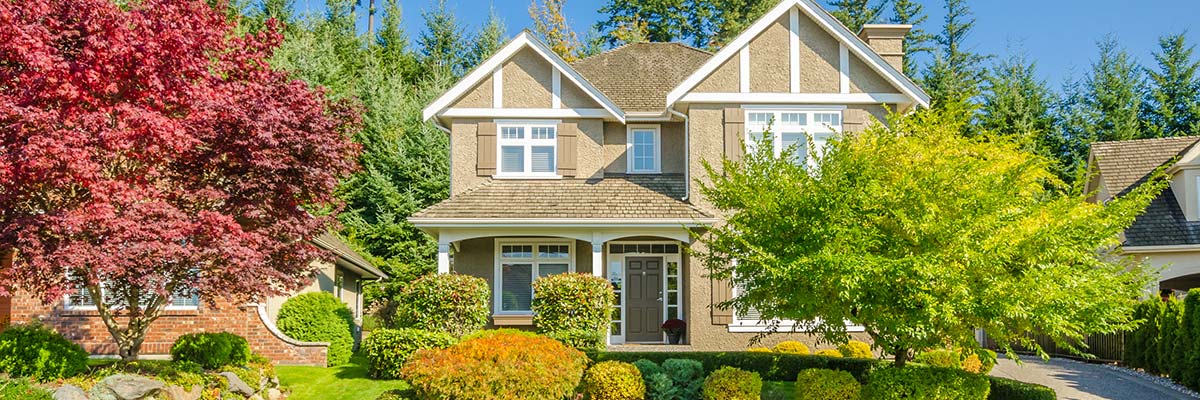
Choosing the Right Type of Tree
Proper tree care begins with selecting the right tree and planting it in the right place. Make sure your tree will thrive — especially once fully grown — where you want to plant it. Things to consider include:
- The tree's purpose. Are you planting it for aesthetics, privacy, shade/energy reduction, windbreak, or as a street tree? Your end goal will determine the suitability of different trees.
- Planting site limitations. What is your hardiness zone? What is the maximum height and spread for a tree in the space? What are the sun exposure and soil conditions? This information is available for more than 200 trees and woody shrubs in our Tree Guide.
Learn more about planting the Right Tree in the Right Place. You can also find a tree with the Tree Wizard — a free online tool to help you narrow down your choices and select the right tree for the right place.
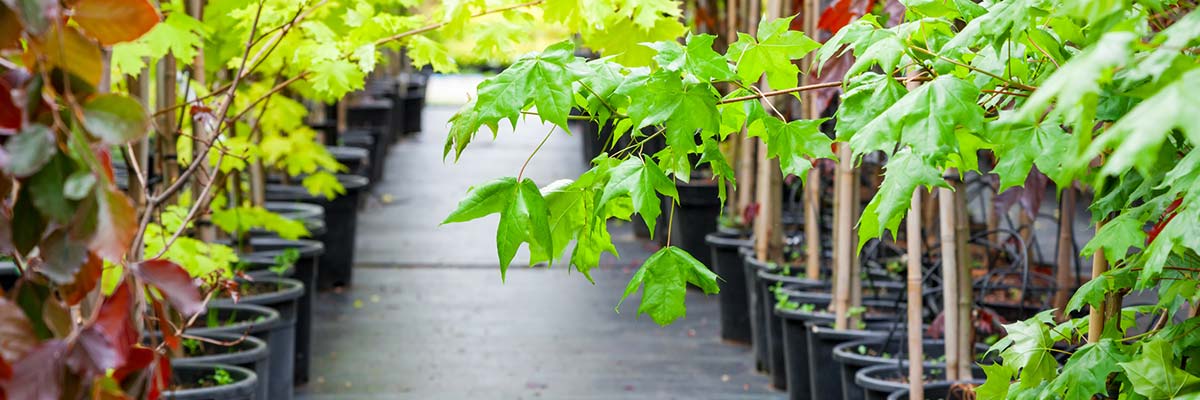
Selecting a Healthy Tree
Good tree care starts with a healthy tree. Here's what to look for to ensure your tree can provide a lifetime of benefits.
Additional considerations when purchasing a mature tree include:
- A strong, well-developed leader (or leaders in a multi-leader tree).
- Bright, healthy bark.
- Trunk and limbs free of insect or mechanical injury.
- Branches well-distributed around trunk, considerably smaller caliper than trunk.
- Ideal spacing between branches, at least 8–12" for most species.
- Good trunk taper.
- Wide-angle crotches for strength.
- Low branches — they are temporary but help develop taper, promote trunk caliper growth, and prevent sun damage.
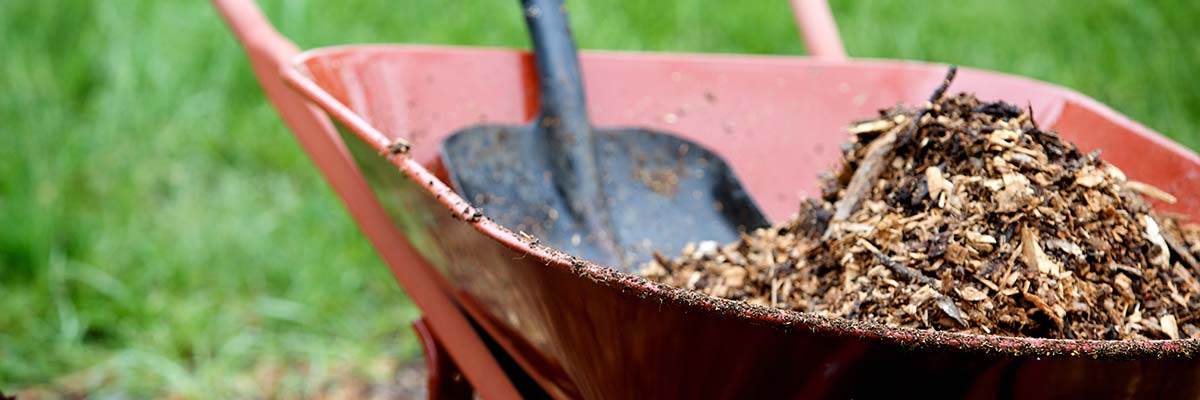
Proper Mulching
Mulch is a newly planted tree's best friend because it:
- Insulates the soil, helping to provide a buffer from heat and cold.
- Retains water to help the roots stay moist.
- Keeps weeds out to avoid root competition.
- Prevents soil compaction.
- Reduces lawn mower damage.
Steps to Adding Mulch Around Your Tree
- Remove any grass within a 3-foot area (up to 10 feet for larger tree).
- Pour natural mulch such as wood chips or bark pieces 2 to 4 inches deep within the circle.
- Keep the mulch from touching the trunk of the tree.
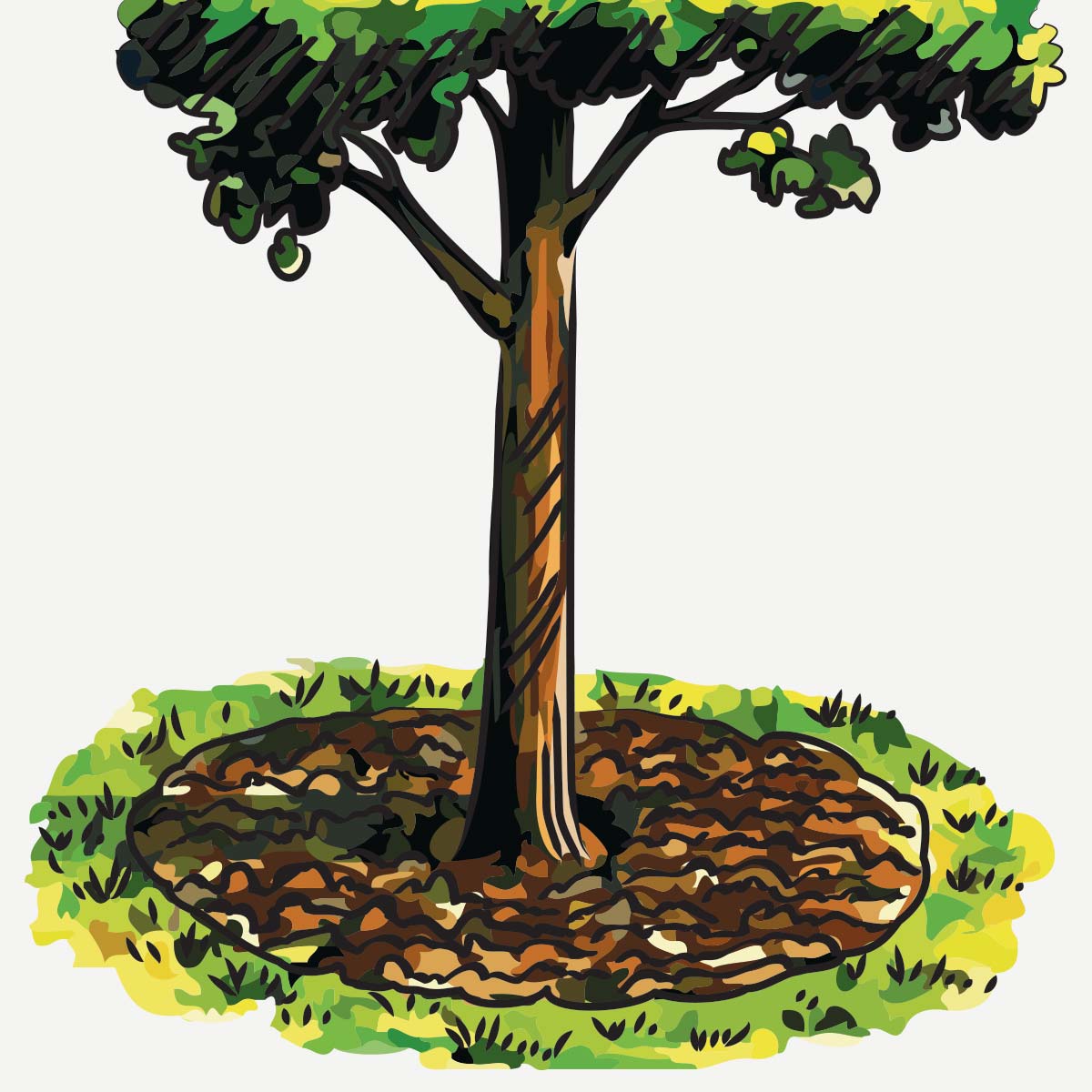
Also watch our video on the importance of mulch.
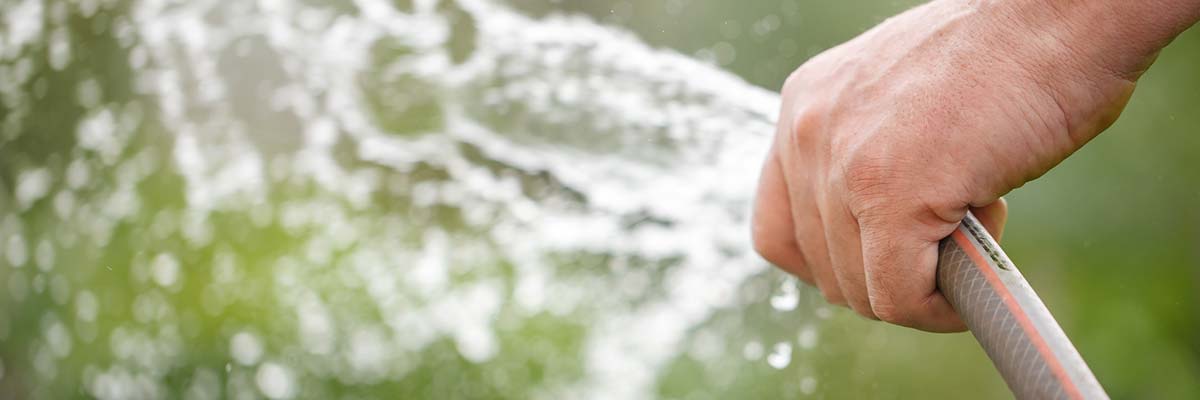
Tree Watering
Tree watering is a key part of tree care, but it is difficult to recommend an exact amount due to the variety of climates. A few guidelines will help you to water your trees properly.
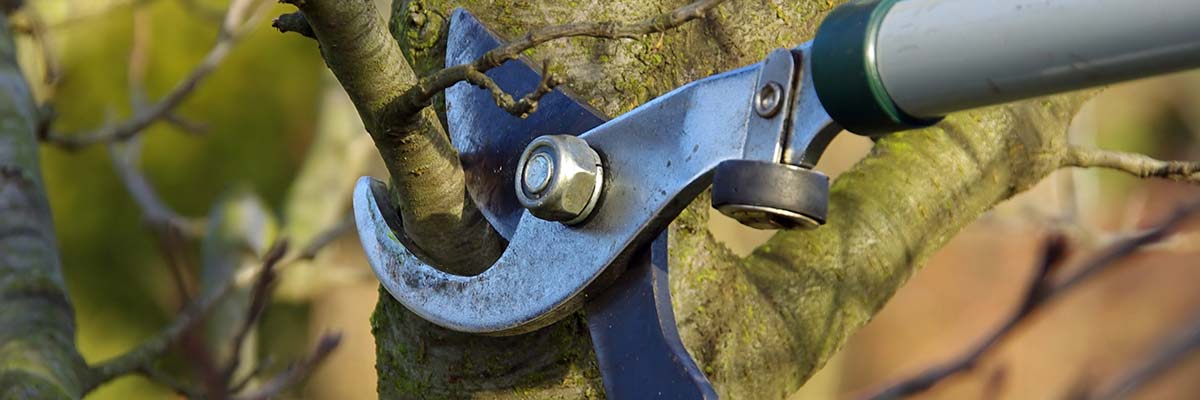
Our animated Tree Pruning Guide will walk you through the Keys to Good Pruning and Annual Tree Pruning Steps from Planting to Maturity.
How Much Soil Would I Need To Fill A Raise Bed Garden At 6x6x10 Inches Deep
Source: https://www.arborday.org/trees/tips/
Posted by: harrispresucest.blogspot.com

0 Response to "How Much Soil Would I Need To Fill A Raise Bed Garden At 6x6x10 Inches Deep"
Post a Comment